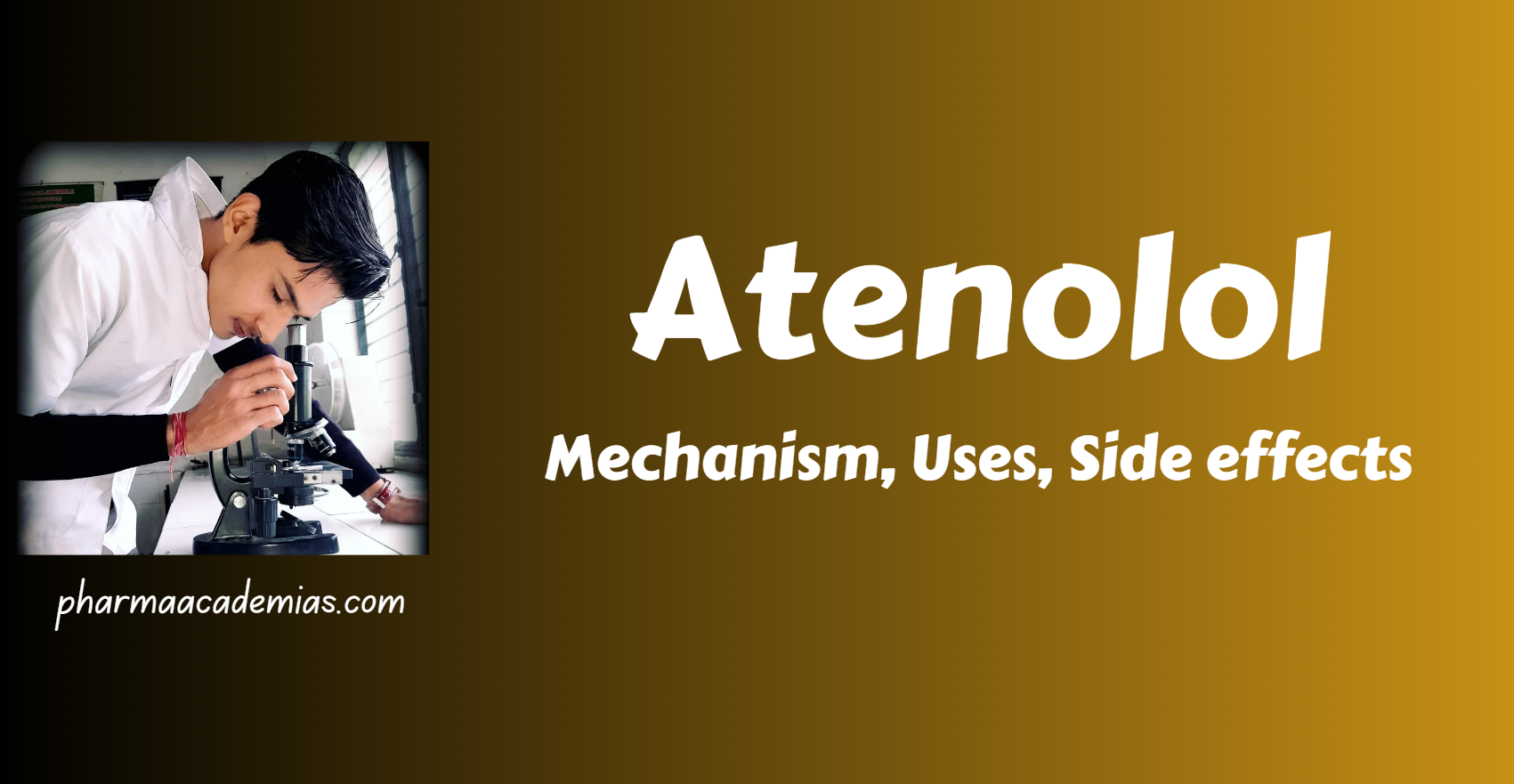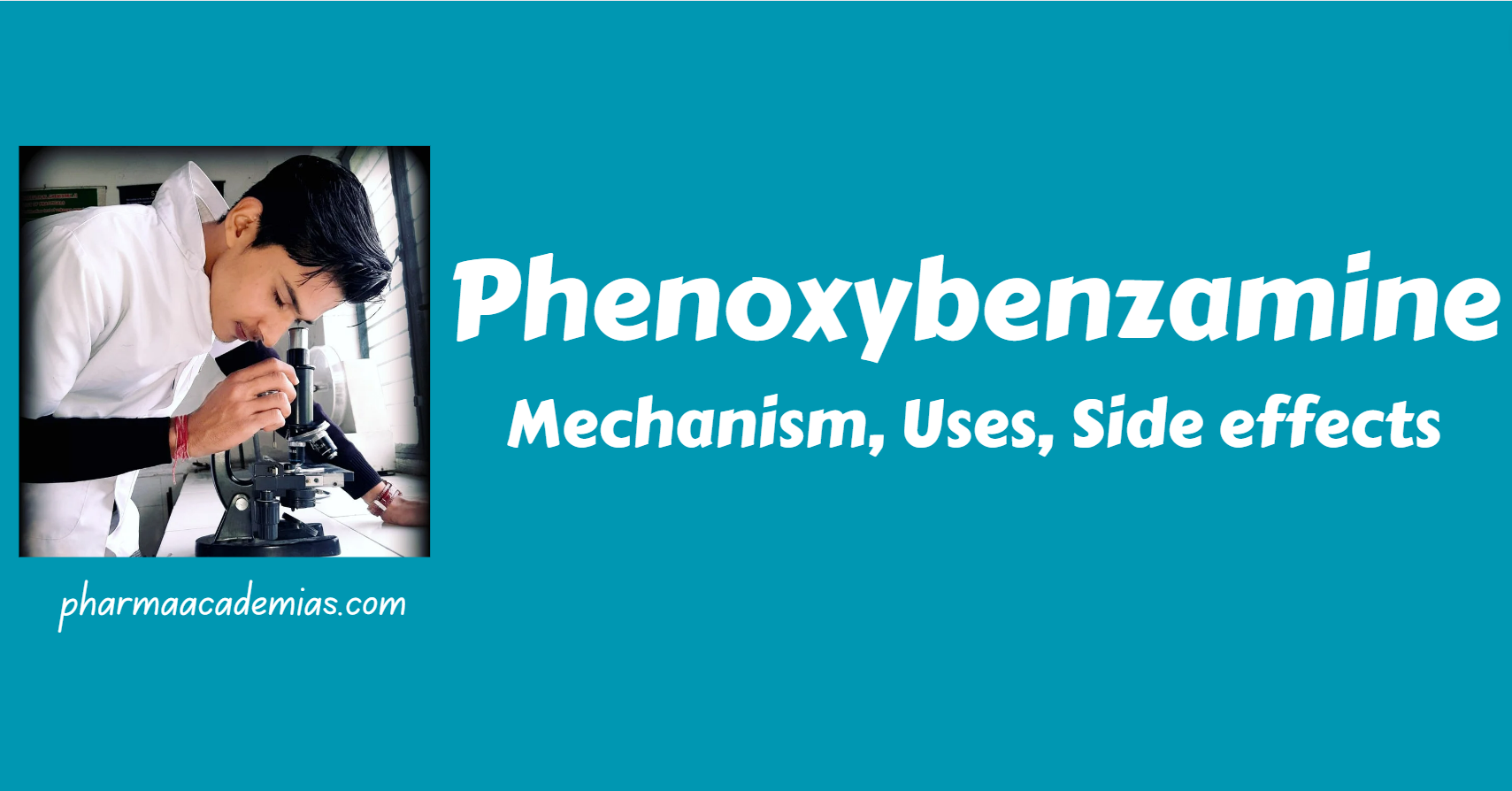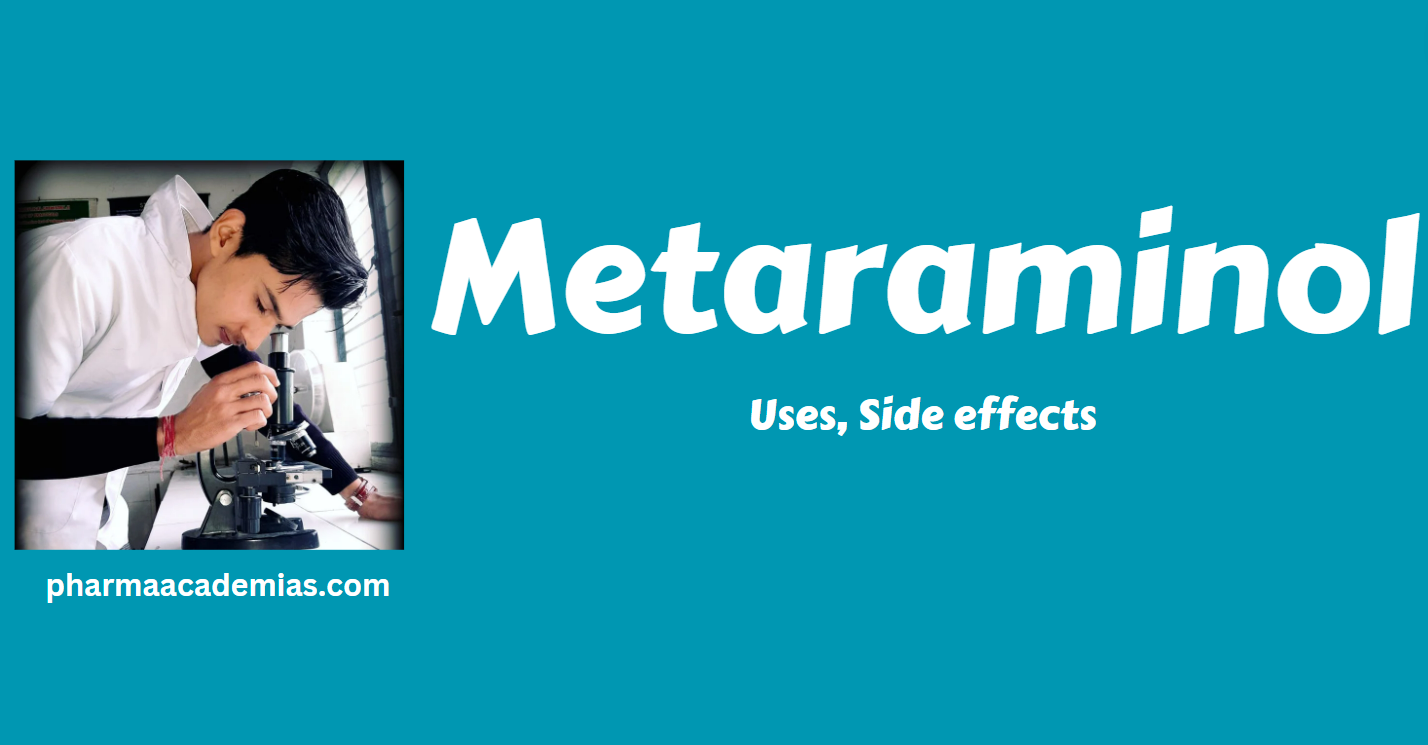Carvedilol: Mechanism of Action, Uses, Side Effects, Stability, and Storage
Carvedilol is a pharmaceutical agent classified as a non-selective beta-blocker and alpha-1 blocker. Healthcare providers use it in the treatment of various cardiovascular conditions, primarily heart failure and hypertension.Carvedilol exerts its therapeutic effects by blocking both beta receptors in the heart (particularly beta-1 receptors) and alpha-1 receptors in blood vessels. This dual mechanism of action … Read more










